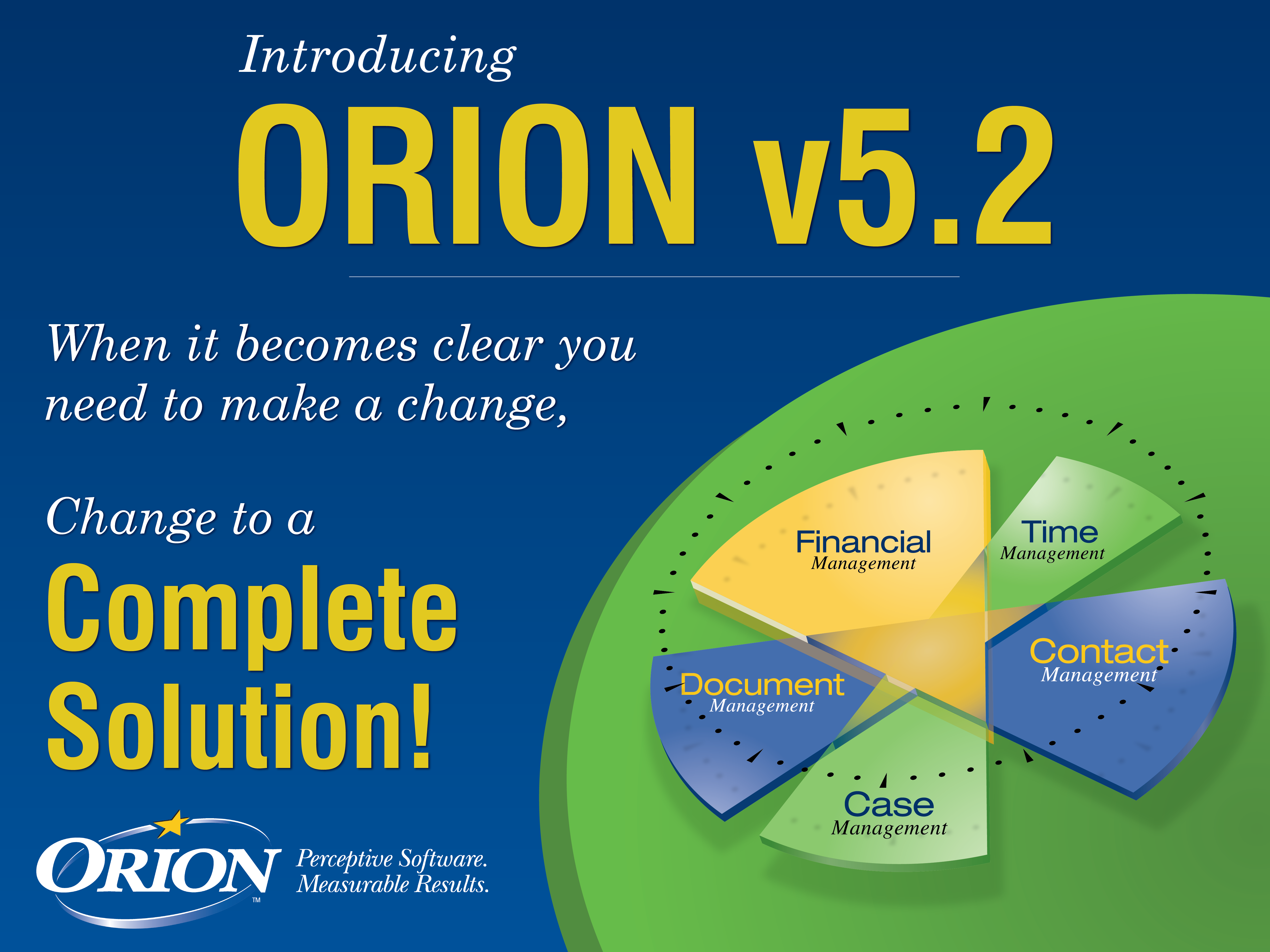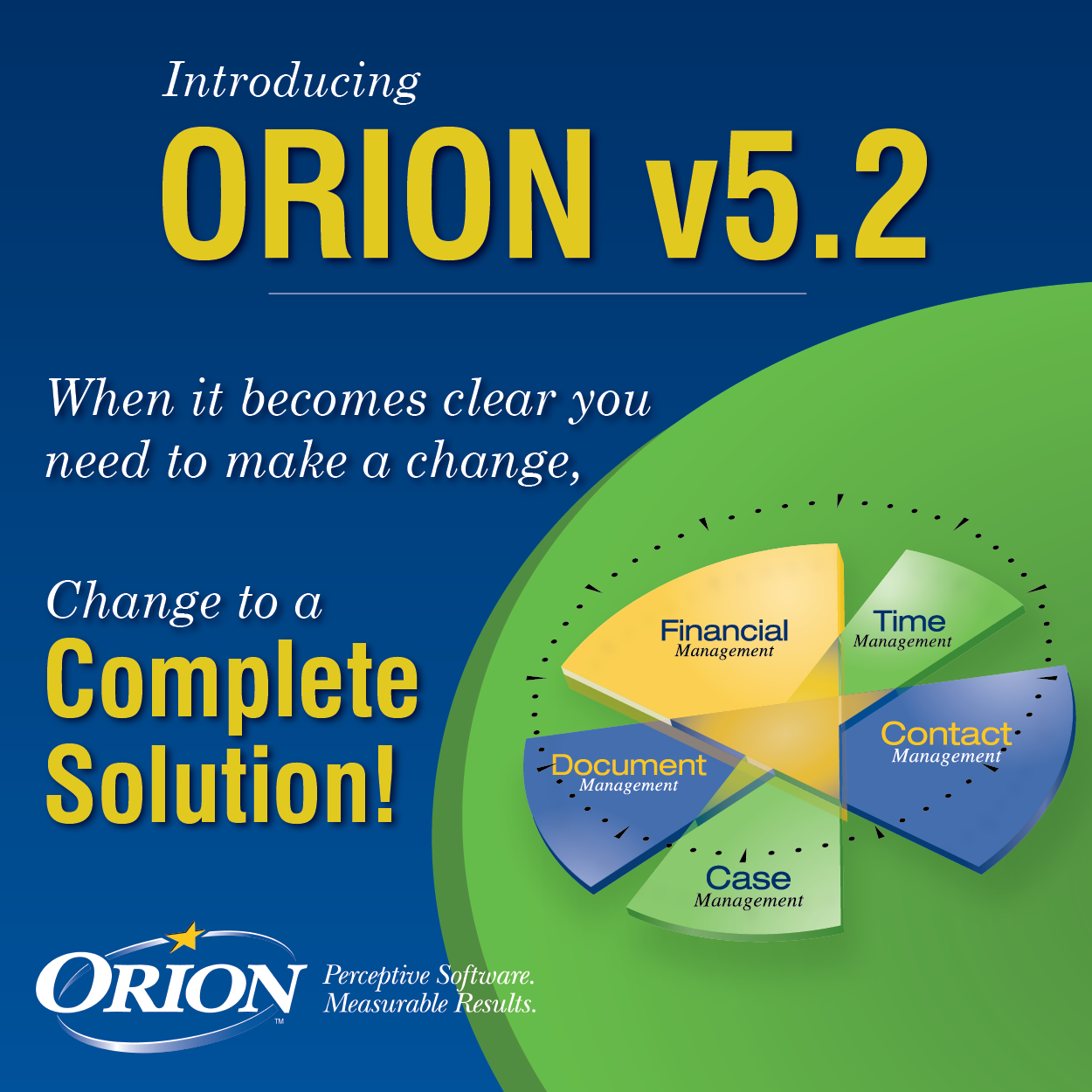Indeed, 96% of managers are not satisfied with their organization’s performance management system, according to research by Gartner. Those at the top aren’t alone in their concerns. The Growth Divide Study — conducted by Wakefield Research and commissioned by Reflektive — found that “most employees feel the process is outdated (61%) because it’s too generic (22%) or too infrequent (6%) and often incomplete (62%).”
“I think the problem with most performance management processes is the performance review tends to be annual and isn’t discussed other than at that exact time,” says Alexandra Levit, author of Humanity Works: Merging Technologies and People for the Workforce of the Future. “It becomes a high-pressure, high-effort endeavor.”
With the right strategy and tools, however, performance reviews can become a valuable asset for your law firm. Below are tips for maximizing performance reviews through transparent communication, proper scheduling, integration of technology, continuous engagement, follow-up meetings and flexibility.
1. COMMUNICATE THE PURPOSE
The key to an effective performance management plan is to first develop the overarching goals and purpose of the employee reviews. As Mercer’s “Performance Transformation in the Future of Work” indicates, “any enhancements to a company’s performance management process must start with HR leaders setting a strategy that combines the business priorities with the desired employee experience.”
Tying together the company’s goals and individual performance establishes a foundation on which to evaluate employees and offers employees transparency into their contributions to the company’s mission. “Goal clarity provides an employee with a sense of how they connect to the overall business purpose and make an impact,” the Mercer report says.
“I think you have to really explain the reason why you’re doing the reviews, whether they’re for salary purposes, mentorship, performance warnings, etc. I think if you put it in terms of financials, that makes people more receptive.”
Also, sharing how the reviews will be used from the outset can help build buy-in from employees and those reviewing them, as they will understand what is at stake. “I think you have to really explain the reason why you’re doing the reviews, whether they’re for salary purposes, mentorship, performance warnings, etc.,” says Cynthia Thomas, Executive Director of the legal management consulting firm PLMC & Associates. “I think if you put it in terms of financials, that makes people more receptive.”
2. PROVIDE A SCHEDULE AND RESOURCES UP FRONT
Once your firm has established how its performance management process links to the firm’s goals, it is important to provide reviewers and staff with a schedule and necessary resources up front.
Krystal Champlin, Chief Executive Officer of RJH Consulting, advises law firm administrators to have a meeting at the beginning of each year through which all HR-related expectations are conveyed, including those relating to performance reviews. Managers and staff should be made aware of the calendar for the performance evaluation process, and all necessary resources should be provided at the onset.
“In the beginning of every year, HR needs to send out the forms they are going to use, so the team can get familiar with them,” says Champlin.
Administrators should also consider the timing of the review itself and provide guidelines for best practices. For example, requiring that managers schedule reviews and actually deliver them is a critical step. Thomas notes that among the biggest mistakes firms make with regard to the review process is failing to deliver the review or delivering it late.
“I think everything needs to be on the calendar,” says Thomas, who recommends that administrators set reminders and early self-deadlines for anyone reviewing a member of the staff.
Further, the timing of the review itself can have a big impact on how it is received. “Make sure you do it at the right time of day,” says Thomas. “I never like to do reviews first thing in the morning because if it’s not the greatest review, it ruins productivity for the day.”
3. EMBRACE TECHNOLOGY
Some of the biggest hurdles with managing performance is coordinating among the various stakeholders and organizing the information collected through reviews. Administrators should consider a technological solution to aid with these processes.
“The best way to collect feedback from a variety of sources is to do it digitally,” says Levit. “Having a system that can ping multiple people and collect information in one place is incredibly useful.”
Performance management software can host and track various aspects of the employee review process, such as performance reviews (which often are customizable), 360 feedback, goal creation and tracking, continuous feedback, self-assessments, performance analytics and more.
“The best way to collect feedback from a variety of sources is to do it digitally. Having a system that can ping multiple people and collect information in one place is incredibly useful.”
The sheer number of options can be overwhelming, however, and firms may be unsure where to begin. Levit recommends that administrators start by coordinating with the firm’s IT department to determine what, if any, technology the firm has in the human capital space — e.g., technology related to payroll, onboarding, etc. Your firm’s current technology may already offer capabilities for performance management, or you may be able to add on to the technology in place. If not, legal managers should take time to research the myriad performance management software options and determine which one best fits with the organization’s size and goals.
In assessing technology options, consider the value of a holistic approach, which can provide numerous benefits to performance management.
“Ideally you would have an end-to-end human capital management (HCM) system,” says Levit, “which is a technology system that connects people throughout an employee’s life cycle, from recruitment to onboarding to learning and development to performance, and so forth.” These systems are particularly useful for performance management because data is consistent, and managers have access to data across various points, including training completed, feedback collected, etc. “If everyone has a digital footprint in that system, you don’t have to create a review from scratch,” says Levit.
Such a system prevents reviews from being done in a box. In fact, according to Mercer’s 2019 Global Performance Management Study, “70% of companies say there is a need to improve the link between performance management and other talent decisions.”
4. INCORPORATE CONTINUOUS FEEDBACK AND COACHING
Another potential roadblock both for buy-in purposes and for ease of collecting performance data is the annual nature of many performance review systems.
“You don’t want to get to the annual review and bring up something that happened eight months ago,” says Champlin. “A lot of time employees go into these performance evaluations and are surprised by the feedback they’re getting.”
Legal managers should consider incorporating continuous feedback and/or coaching throughout the year, rather than offering feedback just once a year.
Continuous Feedback
According to the 2019-2020 State of Continuous Performance Management Survey by BetterWorks, “HR teams that have implemented a continuous performance program report being nearly 50% more satisfied with their performance management process, and are 24% more likely to recommend this methodology compared to companies that still rely on annual processes.”
And employees themselves perceive tremendous benefits from regular feedback, as opposed to a once-a-year meeting. Research from Gallup indicates that employees who receive weekly feedback from managers (as opposed to annual feedback) are “5.2x more likely to strongly agree that they receive meaningful feedback, 3.2x more likely to strongly agree they are motivated to do outstanding work, [and] 2.7x more likely to be engaged at work.” The benefits of regular feedback may provide more incentive for employees to engage in the performance review process.
“It’s very helpful to have continuous, ongoing dialogue and feedback, especially in the case of an employee that may be struggling or who has deficiencies that may need to be corrected. It creates a dialogue, and it gives the employee the sense that you care about them and want them to do well in the firm.”
Legal managers should create a uniform strategy for collecting continuous feedback, whether through an HCM system or other technology, to provide managers with guidelines for when and how to provide feedback.
“The best thing administrators can do is make this as easy as possible by tying reviews to the feedback managers are already giving employees — and have a system where there is a continuous loop,” says Levit. For example, firms may ask managers to provide short, tweet-length feedback regularly via the HCM system. “It’s very easy to do because they are quick messages, which can then be collected in one place,” she says.
A continuous feedback model may improve efficiency because managers can provide comments in real time, rather than looking back to remember what happened throughout the year. This process may make it more manageable for administrators because they can collect and organize data throughout the year, and it also may benefit employees who can apply feedback immediately.
“It’s very helpful to have continuous, ongoing dialogue and feedback, especially in the case of an employee that may be struggling or who has deficiencies that may need to be corrected,” says Thomas. “It creates a dialogue, and it gives the employee the sense that you care about them and want them to do well in the firm.”
Coaching
Firms may also incorporate coaching throughout the year to address any concerns as they surface. Champlin shares that when you proactively offer coaching, employees are more inclined to change their behavior because they see it as a benefit to them. Also important is giving the employee a voice in shaping a solution. “Let the employee have buy-in on that process,” says Champlin.
5. FORMALIZE FOLLOW-UP
An often-forgotten aspect of performance reviews is the follow-up meeting.
“After you have the formal review, follow up with the person in a couple of weeks,” says Thomas. “Ask if the employee has any thoughts, comments or clarifications.” Thomas recommends a follow-up meeting both so the staff member can reflect and return with any questions and so the reviewer can think about the discussion and address any points raised during the review.
If administrators would like to incorporate follow-up into the review process, it should be formalized in the schedule. But be sure to give the employee sufficient time to reflect on their review.
6. BE FLEXIBLE
The year 2020 forced law firms to reexamine many of their processes and systems to better serve a remote workforce in the wake of the coronavirus pandemic. According to Clear Review’s 2021 Performance Management Report, more than half of human resource directors believed that “the management of employee performance is more important as remote working is becoming more prevalent.” Administrators should develop strategies to engage with employees regarding the review process and virtual delivery of reviews.
The review process is an opportunity to engage with employees and drive the firm’s goals. Successful performance management requires robust communication, a well-developed schedule and organizational tools. With a solid plan, you’ll be ready to rejuvenate your firm’s review process — and reap the benefits.


